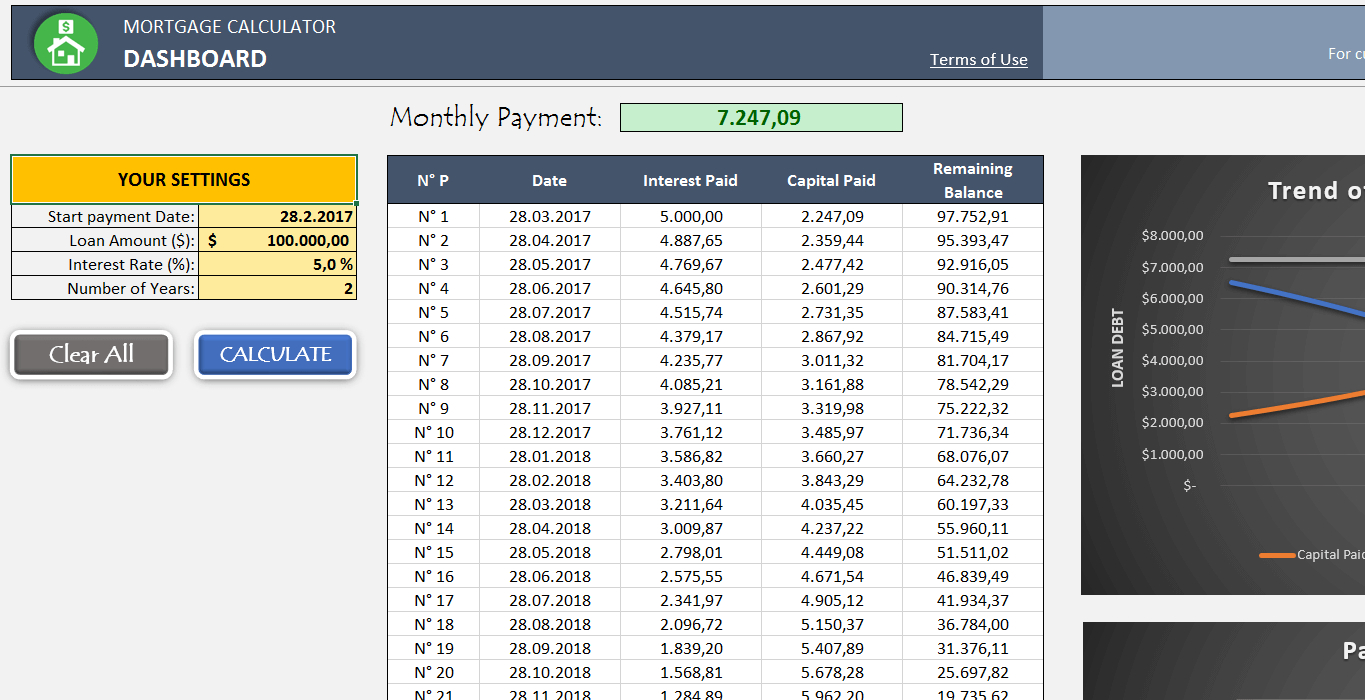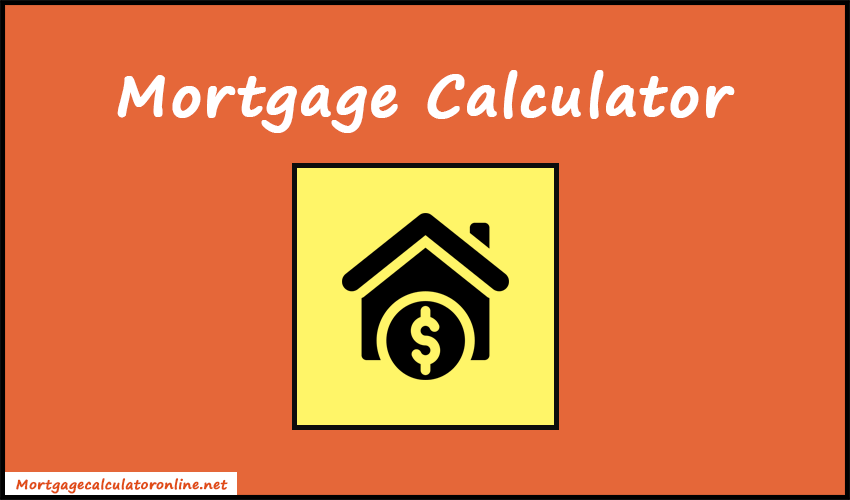How Many Miles to Walk to Lose Weight Calculator: Your Ultimate Guide
Are you tired of complicated weight loss methods that leave you feeling overwhelmed and discouraged? Walking might just be the simple yet effective solution you've been searching for. But how many miles do you need to walk to shed those extra pounds? Let's dive into the details and discover the magic of walking for weight loss.
Table of Contents
| Sr# | Headings |
|---|---|
| 1 | Understanding Weight Loss Basics |
| 2 | Benefits of Walking for Weight Loss |
| 3 | Factors Affecting Calories Burned While Walking |
| 4 | How to Calculate Calories Burned While Walking |
| 5 | Determining Your Weight Loss Goals |
| 6 | Setting a Realistic Walking Routine |
| 7 | Incorporating Intervals and Variations |
| 8 | Tracking Progress and Adjusting Your Plan |
| 9 | Overcoming Challenges |
| 10 | Celebrating Success |
| 11 | Frequently Asked Questions |
Understanding Weight Loss Basics
Before delving into the specifics of walking for weight loss, it's crucial to grasp the fundamentals. Weight loss occurs when you burn more calories than you consume. This deficit prompts your body to utilize stored fat for energy, resulting in a slimmer physique.
Benefits of Walking for Weight Loss
Walking offers a multitude of benefits beyond calorie burning. It's a low-impact exercise suitable for individuals of all fitness levels. Moreover, it enhances cardiovascular health, boosts mood, and strengthens muscles. Incorporating walking into your routine promotes overall well-being while aiding in weight loss.
Factors Affecting Calories Burned While Walking
The number of calories burned during a walk varies depending on several factors. These include your weight, walking speed, duration, and terrain. Additionally, CLICK like age and fitness level influence calorie expenditure. Understanding these variables is crucial for accurate estimation.
How to Calculate Calories Burned While Walking
Determining the calories burned during a walk involves a simple calculation. By multiplying your weight (in kilograms) by the distance walked (in kilometers) and the MET value of walking, you can estimate the calories burned. Numerous online calculators simplify this process, providing quick and convenient results.
Determining Your Weight Loss Goals
Setting realistic weight loss goals is essential for success. Aim for gradual progress rather than drastic changes, which can be unsustainable. Consider factors such as your current weight, desired weight, and timeframe. Consult with a healthcare professional to establish attainable goals tailored to your individual needs.
Setting a Realistic Walking Routine
Creating a consistent walking routine is key to achieving your weight loss objectives. Start with manageable distances and gradually increase intensity and duration. Aim for at least 150 minutes of moderate-intensity walking per week, as recommended by health experts.
Incorporating Intervals and Variations
To maximize the effectiveness of your walks, incorporate intervals and variations. cumulative interest calculator excel - Icu Calculators training alternates between periods of high and low intensity, increasing calorie burn and boosting metabolism. Likewise, varying your route and terrain engages different muscle groups, enhancing overall fitness.
Tracking Progress and Adjusting Your Plan
Monitoring your progress is vital for staying motivated and accountable. Keep a record of your walking sessions, including distance, duration, and perceived exertion. Regularly assess your performance and adjust your plan accordingly to overcome plateaus and continue progressing toward your goals.
Overcoming Challenges
While embarking on a weight loss journey, challenges are inevitable. Whether it's inclement weather, busy schedules, or fatigue, overcoming obstacles is essential for long-term success. Stay adaptable and resilient, seeking support from friends, family, or online communities to stay on track.
Celebrating Success
Don't forget to celebrate your achievements along the way. Every step towards your weight loss goals is worth acknowledging and celebrating. Whether it's reaching a milestone distance or fitting into your favorite jeans, take pride in your progress and use it as motivation to keep moving forward.
Frequently Asked Questions
- How many miles should I walk each day to lose weight?
To effectively lose weight, aim for at least 30 minutes of brisk walking most days of the week, totaling around 150 minutes per week. - Can walking alone help me lose weight?
While walking is an excellent form of exercise for weight loss, combining it with a balanced diet and other physical activities yields the best results. - Is it better to walk longer distances at a slower pace or shorter distances at a faster pace?
Both approaches have their benefits. Longer distances at a slower pace are ideal for building endurance, while shorter distances at a faster pace enhance calorie burn and cardiovascular fitness. - How long will it take to see results from walking for weight loss?
The timeframe for noticing results varies from person to person. Consistency is key, so stick to your walking routine and be patient with your progress. - What should I do if I hit a weight loss plateau while walking?
Plateaus are common during weight loss journeys. To overcome a plateau, reassess your routine, make adjustments to your diet and exercise plan, and stay committed to your goals.
Incorporating walking into your daily routine is a simple yet powerful strategy for achieving weight loss. By understanding the principles of calorie burning, setting realistic goals, and staying consistent, you can embark on a transformative journey towards a healthier, happier you. So lace up your shoes, hit the pavement, and let the pounds melt away—one step at a time!



